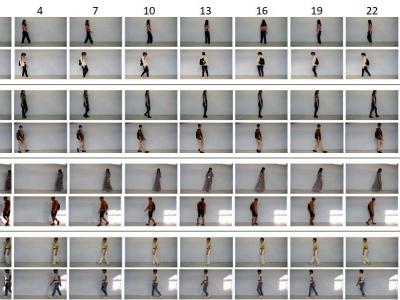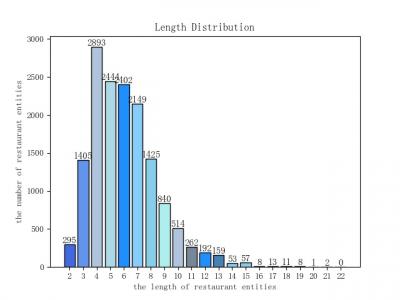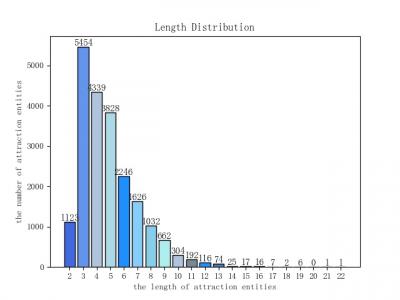Artificial Intelligence
Data diversity and volume are crucial to the success of training deep learning models, while in the medical imaging field, the difficulty and cost of data collection and annotation are especially huge. Specifically in robotic surgery, data scarcity and imbalance have heavily affected the model accuracy and limited the design and deployment of deep learning-based surgical applications such as surgical instrument segmentation.
- Categories:
 250 Views
250 ViewsThe dataset, Pedestrians with IMU (Ped-IMU), contains pedestrians moving in different behaviors while carrying a wearable sensor. We use a smartphone mounted on a subject's waist as a wearable device and record the smartphone's accelerometer, gyroscope, and magnetometer readings. We invite ten subjects of ages 22-35 to perform walking around with 4 trajectories: Left-Turn Back (L-TB), Left-Go Straight (L-GS), Right-Turn Back (R-TB), and Right-Go Straight (R-GS). A camera is set with screen ratio 16:9, resolution 1920*1080 pixels, and 12 fps.
- Categories:
 335 Views
335 Views
DRL DP USV
- Categories:
 47 Views
47 Views
A dataset of Global Positioning System (GPS) spoofing attacks is presented in this article. This dataset includes data extracted from authentic GPS signals collected from different locationsto emulate a moving and a static autonomous vehicle using a universal software radio peripheral unit configured as a GPS receiver. During the data collection, 13 features are extracted from eight-parallel channels at different receiver stages (i.e., acquisition, tracking, and navigation decoding).
- Categories:
 3413 Views
3413 ViewsThe Paddy Doctor dataset contains 16,225 labeled paddy leaf images across 13 classes (12 different paddy diseases and healthy leaves). It is the largest expert-annotated visual image dataset to experiment with and benchmark computer vision algorithms. The paddy leaf images were collected from real paddy fields using a high-resolution (1,080 x 1,440 pixels) smartphone camera. The collected images were carefully cleaned and annotated with the help of an agronomist.
- Categories:
 10895 Views
10895 Views
Prior researches have shown the potential that WiFi signals could be used for human activities recognition (HAR), or monitor a person's gait for human identification (HI). Recently researchers pay more attention to the impact of environmental factors such as activity orientation, walking trajectory, WiFi device location, etc. on the HAR or HI tasks' performance.
- Categories:
 451 Views
451 Views





